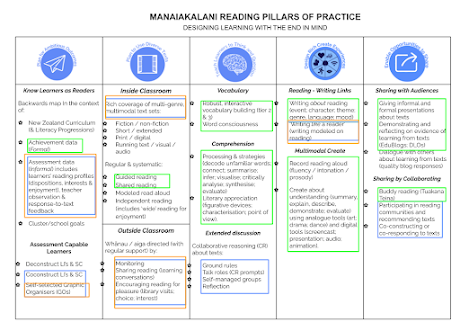Work Based First Aid Training with Life Care Consultants Ltd
Keeping First Aid Easy
- Do the best you can, with what you've got
- DRSABCD
- 30:2 no mater who
- Provide General Care +1
The First Aider
Gives initial care for an illness or injury and is a life skill that everyone should have. The main aim is two-fold:
Being a First Aider means you will step forward and offer help to those who need it and taking responsibility for providing the appropriate care for the ill or injured person.
Being a First Aider is not for everyone and that is okay.
Things to consider as a Workplace First Aider -
- Who knows I am a first aider?
- What happens when I am not there?
- Am I familiar wit all the hazards on the worksite?
- Do I need further Advanced First Aid training?
Workplace First Aid
A quick First Aid response can mean the difference between life and death, or can reduce the severity of the injury. First Aid can also help protect business, by reducing the impact an accident can have on productivity and the cost of leave.
Where Do I Start?
1. Do the best you can with what you've got.
Doing something is better than doing nothing. You are not training to be paramedic or a nurse, and while it might be useful to spend hours learning how to wrap bandages and tie slings you probably won't have a well stocked first aid kit with you.
A key starting point is being aware of the 'CHAIN OF SURVIVAL'. This is the sequence of interventions that when implemented in order and with as little delay as possible, will give the best chance of survival.
- Early recognition of first aid emergency
- Early access (calling 111)
- Early CPR
- Early defibrillation
- Early advanced care
2. DRSABCD
3. CPR - '30:2 No matter who'
Cardiopulmonary resuscitation - a fancy set of words for push on the chest and blow in the mouth.
30:2 refers to 30 pushes to 2 breaths and repeat cycle until emergency services arrive.
No matter who refers to the age of the person - it does matter if they are young or older, big or small.
4. General Care +1
General Care is the routine (common sense) actions you must consider for every ill or injured person.
- Protect the casualty
- Reassure the casualty
- Rest the casualty in a position of comfort
- Remain with the casualty
- Remove or loosen any restrictive clothing
- Temperature - warm or cool as needed.
The 'plus 1' aspect of this message is the one key treatment you need to provide for a specific injury.
Treatment for-
Bleeding is pressure
Burning is cooling
Severe Allergic Reactions - Individuals should have an Anaphylaxis Management Plan. Do they have an epipen/adrenaline (or similar)?
Recognising a Stroke
Remember to think FAST - Face Arm Speech Time to Call 111 (in New Zealand)






